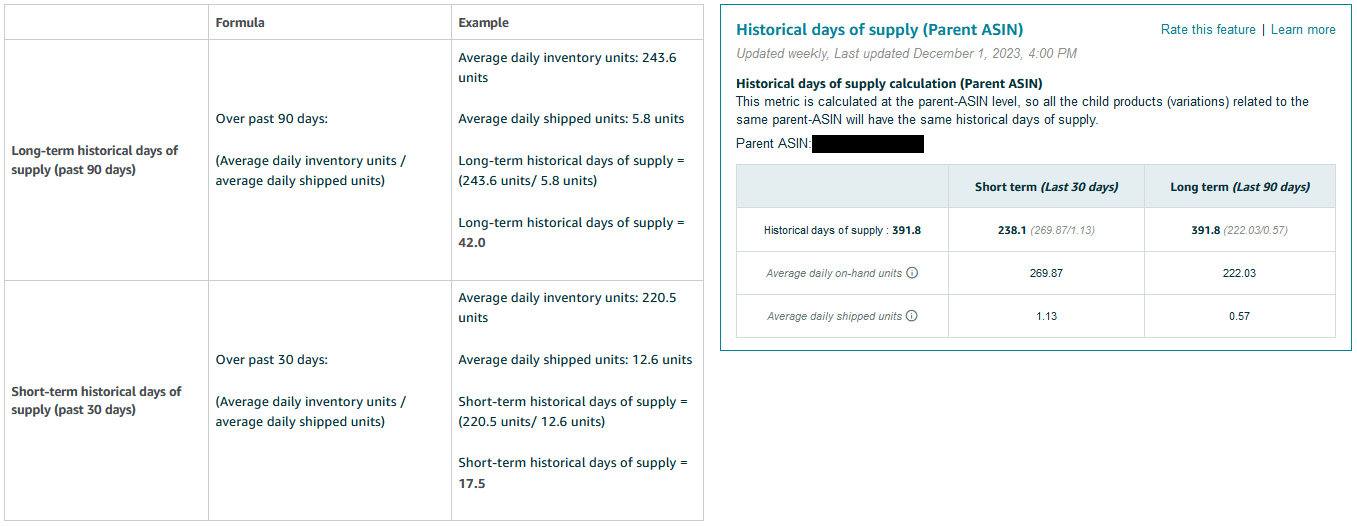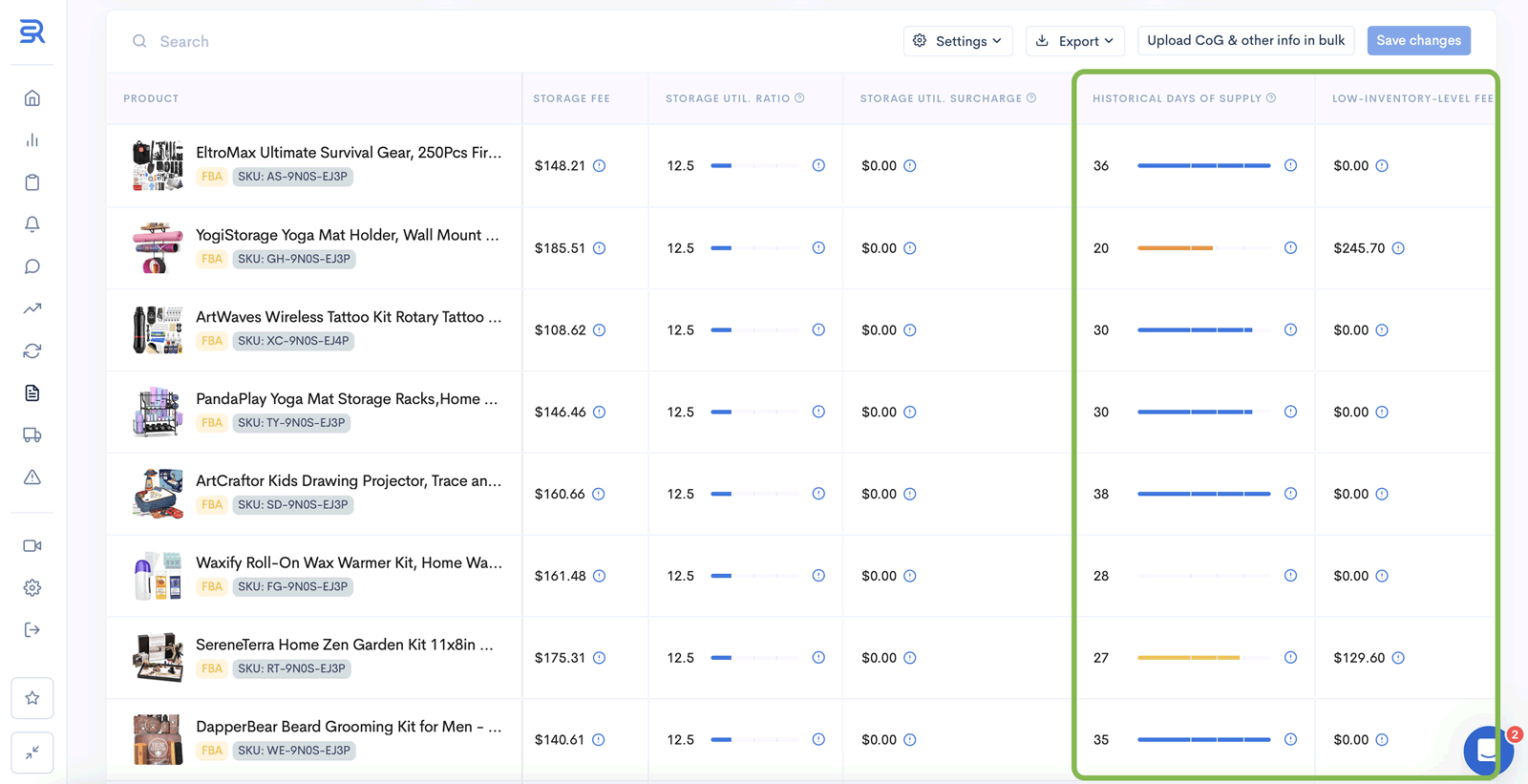Amazon, known as every seller's preferred marketplace, has issued some new FBA (Fulfilled By Amazon) fees, which many sellers think are rather unusual.
Table of Contents
The marketplace introduced Amazon low inventory level fee on April 1, 2024. This fee will lead to additional expenses and hinder cash flow for sellers, as it practically forces you to restock inventory quicker than you would usually do.
This is one of Amazon's most controversial fee changes. So much has been the case that the Sellers' complaints have provoked a reaction from Amazon that will reimburse those fees during April 2024.
Here is a comprehensive guide about low-inventory-level fees and how sellers can manage them. And here's an interesting article by Jason Del Rey on the new fees: Amazon sellers say their businesses are facing an extinction event
Why was the Low-Inventory Fee implemented?
Sellers using FBA pay storage fees if they keep too much inventory at Amazon fulfillment centers. However, thanks to Amazon update 2024, they now have to pay low-inventory-level fees even if they have less inventory than demand.
The low-inventory-level fee will be applied if a seller consistently carries less inventory relative to unit sales. Amazon implemented this fee after it realized how low inventory levels inhibit its ability to distribute products, affecting delivery times and increasing shipping costs.
How is the fee calculated?
The low-inventory-level fee is based on the actual cost of inventory and historical days of supply (how many orders were fulfilled in the past). Amazon will now charge a fee when the historical days of supply are below 28 days over a period (short-term or long-term) of 30 and 90 days.
Let’s take an example to understand this better. For simplicity’s sake, let’s say your average daily units are 100, while your average daily units shipped are 10. This will be calculated as follows:
- Short-term historical days of supply (30 days) = (100 units / 10 units) = 10
- Long-term historical days of supply (90 days) = (100 units / 10 units) = 10
In this case, the seller will be charged a low-inventory-level fee, as the total number of units is less than 28 days for both short- and long-term metrics.
It’s also important to note that a seller will not incur this fee if its long-term historical days of supply exceed 28 days, even if the short-term historical days of supply are less.
Keep in mind that this fee is only applied to future orders; that is, until you stock up again or sell out of items. So, after the calculation, you will incur a fee if it does not pass the 30- or 90-day check.
Because Amazon does not track these metrics daily, sellers will be charged this additional fee for about seven days until the next recalculation.

Why do Sellers find the fee problematic?
Many sellers have had qualms about this fee, mainly because it is automatically charged when supply fails to meet estimated demand based on long-term and short-term supply. It doesn't account for seasonal changes, promotional deals, or other legitimate reasons for changes in stock.
Sellers argue that a short-term demand and subsequent drop in sales will impact the short-term historical days of supply metric. In such cases, a low-inventory-level fee shouldn't be charged at all.
Being charged for overstocking and understocking is erroneous, so how do sellers find the sweet, in-between spot?
What should you do?
Stock up for 5 weeks
Instead of stocking for 28 days, consider doing it for 35. Amazon calculates an average of 28 days on the metrics of a 7-day cycle. This addition maintains a healthy buffer so you can avoid unwanted fees.
Change up the seasonal cycle
Since seasonal products have a short demand duration, product testing periods will also need to be shorter. Sellers can place orders so that they have 29 to 130 days of stock.
Ideally, seasonal products should be placed around 120 days before the holidays. This way, the 90-day historical sale calculation will average out, even if you are low or run out of items in the 30-day term.
Group ASINs
If you feel like a product is not doing well and don’t want to pay low-inventory-fees for every product variation, consider removing the ASIN so it won’t impact metrics. This will give you some time to restock and reevaluate your FBA needs moving forward.
Sellerise as your solution
Tools like Sellerise will help Amazon Sellers take decisions through real-time data so you know wether or not you will be charged extra fees, why and how much they would be.

You can easily understand historical days of supply, storage utilization ratio, and storage utilization surcharge without doing the math yourself. Sellers can also simulate different strategies to save money and time before applying them. Thanks to Sellerise, you can get an estimate of when to restock or start selling faster to avoid unwarranted fees.
The simplified and user-friendly dashboard organizes each listing, giving you a clear view of the stats and what fees would be incurred. It will also list the estimated sale and profit numbers so you can keep a close eye on your numbers, helping you make sound and timely decisions.
Sellerise offers 7-day free trial to test all 20 tools. Sign up here.
Who is exempt from Low-Inventory-Level Fees?
The low-inventory-level fee came into effect on April 1, 2024. However, as we discussed, the month will be considered a transitional period, during which Amazon will refund extraneous fees charged so sellers can better understand their market.
There are also a few exceptions to this fee. They include:
- New sellers (until they complete one year from the date when the inventory was received)
- New Sellers to FBA parent products (for the first 180 days from when the inventory was received)
- Sellers whose products are automatically replenished by Amazon Warehousing & Distribution (AWD)
So, some Sellers, have understood this decision on the new fees as a way to push them into AWD.
Conclusion
Amazon’s update in 2024 has caused quite a bit of a stir, to say the least. This is the first time that a new fee backfires on Amazon and they have to put in on hold. The low-inventory-level fee may seem hard to navigate, but it doesn’t have to be. Thanks to tools like Sellerise, you no longer have to worry about making complicated calculations, especially if you have a large number of units on FBA.
Choose this tool to automate your calculations. Get real-time data and an estimate of the essential numbers, like storage charge and ratio, historical days of supply, low-inventory-level fees, and more. You can even check out Sellerise’s demo version for all you need to know.
Simplify your business operations and solutions with a comprehensive solution just a click away!





